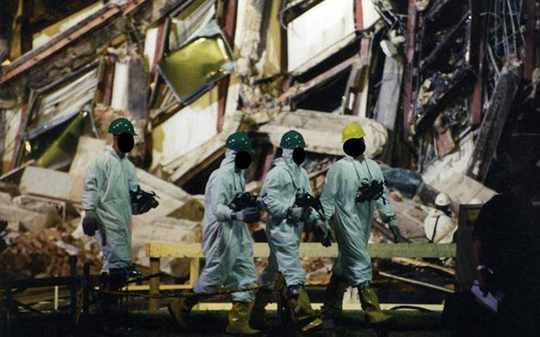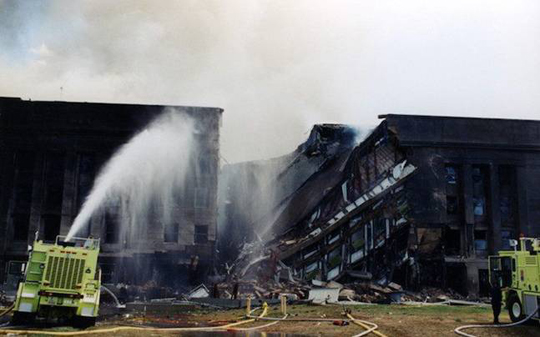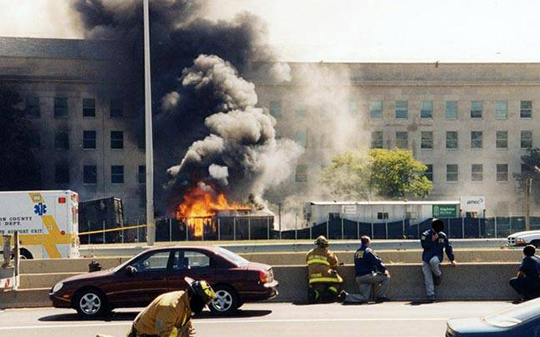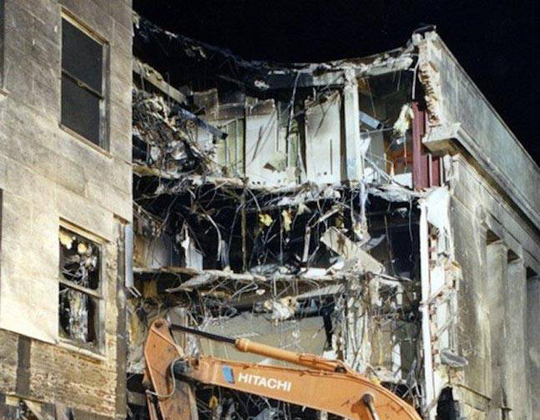Islamabad, May 7: Pakistan's COVID-19 cases have crossed 24,000 after 1,523 new infections were detected, while the death toll has jumped to 564 with 38 more people succumbing to the coronavirus, health officials said on Thursday.
Even as the country is seeing an increase in the number of coronavirus cases and fatalities, Prime Minister Imran Khan will discuss the easing of lockdown restrictions with his top aides on Thursday.
The Ministry of National Health Services said that out of the 24,073 total cases, Punjab reported 9,077, Sindh 8,640, Khyber-Pakhtunkhwa 3,712, Balochistan 1,495, Islamabad 521, Gilgit-Baltistan 388 and Pakistan-occupied Kashmir 76 cases.
After 38 more deaths on Wednesday, the total coronavirus patient death toll jumped to 564. Another 6,464 have recovered. A total of 1,523 new patients were added in a single day, the ministry.
So far, 244,778 tests have been conducted, including 12,196 in the last 24 hours, it said.
Prime Minister Khan will chair the National Coordination Committee (NCC) meeting on easing the lockdown restrictions in the country. The meeting will be attended by all chief ministers.
The issue was debated in the National Command and Operation Centre (NCOC) on Wednesday and in the Cabinet on Tuesday.
Planning Minister Asad Umar said that different proposals to allow certain businesses to open were prepared and will be presented before the Prime Minister for a final decision.
Earlier, Khan, undeterred by the mounting number of deaths and the new cases, announced that he was against a lockdown as it hits the poor people badly.










Comments
Add new comment